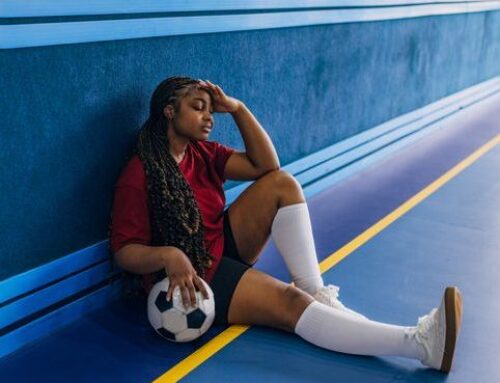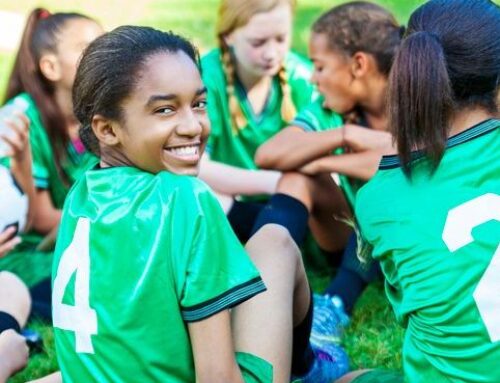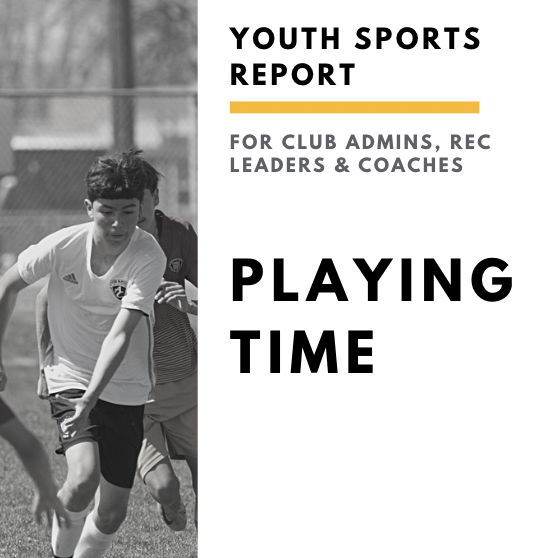Get our exclusive report. Download the iSport360 Club Switching Report Here – For Club Admins, Rec Leaders and Coaches.
Downside of Youth Sports All-Star Teams
Do U10 leagues need all-star teams? I heard from a friend in baseball about youth sports all-star teams. I thought this couldn’t be great for youth sports. What happened to fun? And do parents need another reason to post how amazing their 9-year-old is at baseball?
Don’t we play youth sports because of all of the benefits like the physical, social, and emotional development, instilling valuable life skills in participants? However, as youth sports athletes engage in sports at an increasingly competitive level, the question of whether there should be All-Star teams for under 10-year-olds emerges, sparking debates among parents, coaches, and sports enthusiasts.
The 3 Con of Having a U10 All-Star Team
1. Increased Pressure and Burnout
Introducing All-Star teams for under 10s may inadvertently increase the pressure on young athletes. The expectations associated with being part of an elite team can lead to burnout, stress, and a diminished enjoyment of the sport. Striking a balance between competition and maintaining a positive, enjoyable experience is crucial to ensure the long-term engagement of young players.
2. Lack of Inclusion
Selecting only a handful of players for an All-Star team can lead to feelings of exclusion among those who are not chosen. At such a tender age, children may struggle to understand the selection process, potentially resulting in a negative impact on their self-esteem and enthusiasm for the sport.
We want to foster a love of the game at this age. Youth sports should be about development and inclusion. Making sure all are invited to play leads to further participation and confidence boosts down the road.
As athletes get older, there should be teams based on meritocracy, which is when teams are based on the best performers.
3. Development vs. Winning Focus
The primary goal for youth sports should be holistic development rather than a sole focus on winning. All-Star teams, by their nature, emphasize competition and winning, potentially overshadowing the importance of skill acquisition, character development, and a love for the game.
Striking a balance between fostering competition and prioritizing overall development is critical for the well-being of young athletes. This leads to disappointment down the road. Let’s remember that players develop at different rates so strong players that are 11 will meet other players that have continued to grow in high school.
What can replace All-Star Teams for U10s?
Skill Clinics and Development Programs
Instead of exclusive All-Star teams, consider implementing skill clinics and development programs that cater to all young athletes. These programs can provide additional training and exposure to competition without the exclusivity associated with All-Star selections.
When running clinics for young athletes, there is a good formula that I use. Focus on doing the simple things well in a fun way. Ensure that many athletes get touches. This can mean doing a relay race where teams compete. This way you have fun infused with a specific skill l like dribbling.
Rotational Opportunities – Being Comfortable being Uncomfortable
Create opportunities for rotation among players, allowing more children to experience higher levels of competition. This approach promotes inclusivity and ensures that a broader range of young athletes can benefit from the developmental aspects of playing at a more competitive level.
Focus on putting players in positions where they may have to be comfortable to be uncomfortable at a young age. If they make a mistake, they know how to deal with it.
Focus on Long-Term Development
Emphasize the long-term development of young athletes over short-term victories. Encourage coaches to prioritize skill acquisition, character building, and a love for the game rather than placing excessive importance on winning at all costs.
The debate over All-Star teams for under 10s is interesting, it requires a balance between competition and development. While recognizing the potential benefits of enhanced competition and motivation, it is crucial to manage the associated pressures and exclusivity that may hinder the overall well-being of young athletes.
By focusing on inclusive development programs, rotational opportunities, and a commitment to long-term growth, the sports community can ensure that the youngest players enjoy a positive, enriching experience that lays the foundation for a lifelong love of sports.
iSport360 is the only app that does it all for youth sports. For more information on what we do, click here.
About the author:
Amy Masters is a sports mom, coach, and club administrator. She has been coaching youth sports for more than 10 years. She started Jr Lions Field Hockey, the youth recreation program for the Hunterdon County community growing it from 40 players in year 1 to 150 players by year 3. A few years later, she saw the love and competitiveness grow then started Omega Field Hockey Club serving NJ and PA players. Before coaching, she was a collegiate field hockey player for Lock Haven University. In her spare time (lol), she is head of marketing for iSport360, where she brings her love of sports to a bigger audience.
Learn more or request a demo of our youth sports software that is helping teams improve communication, organization and player development.
January 11, 2024





